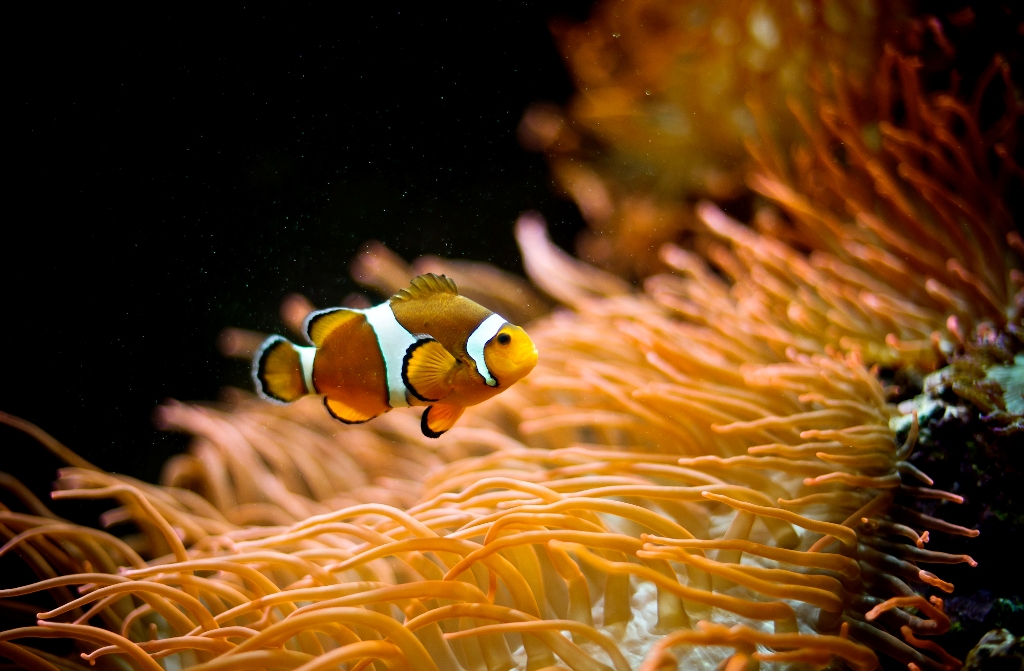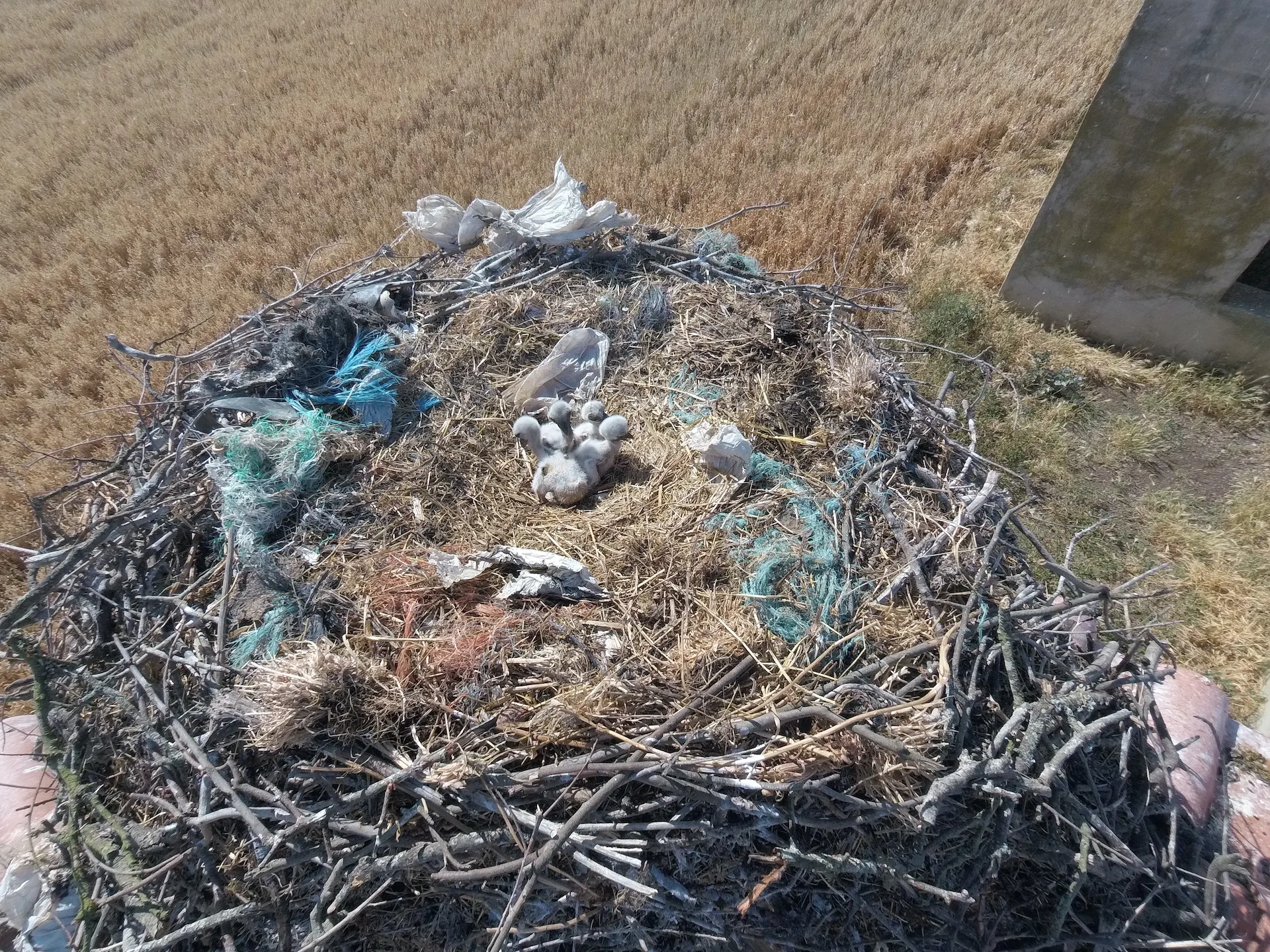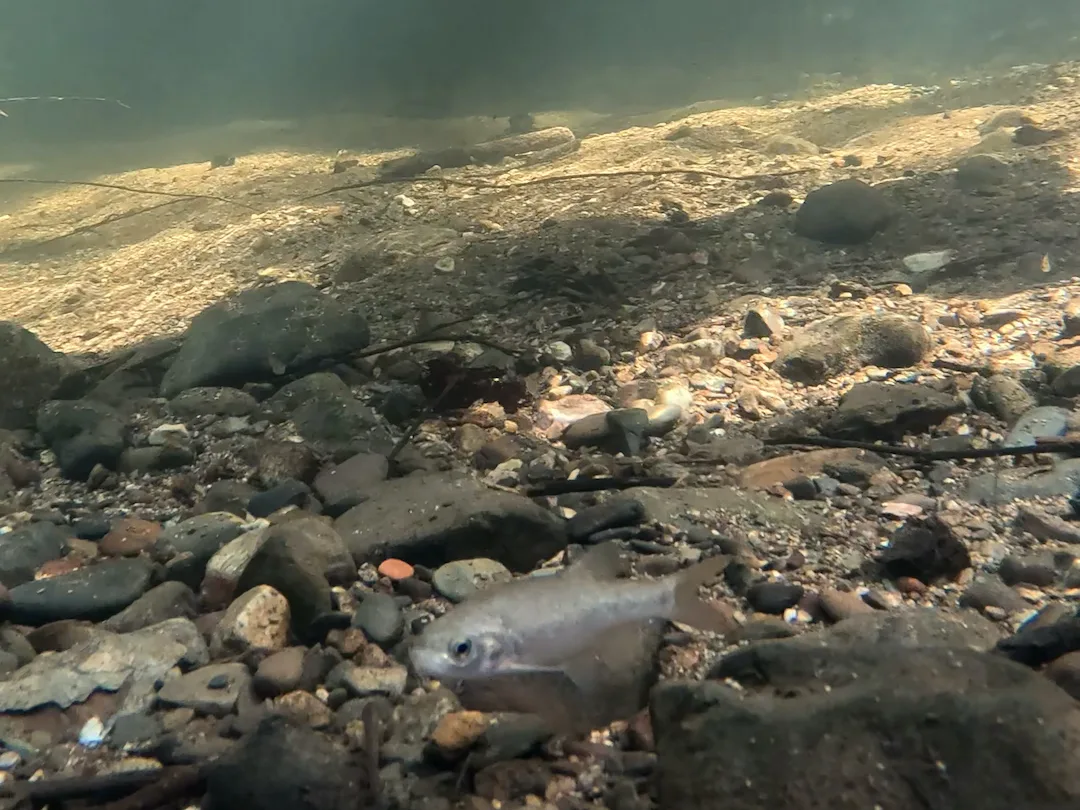Wilder went on a guided tour to Oceanário de Lisboa, Lisbon aquarium, and presents you the seven animals no one can miss when visiting this underwater world.
Garden eel (Gorgasia preclara and Heteroconger hassi): these two species (in the main photo) make us think about cartoons, with its full colours and bright eyes. Though very tiny, we can hardly pass on by without noticing them. The garden eel’s aquarium is the most recent acquisition in the Oceanário de Lisboa. In their natural habitat, on tropical and sub-tropical seas, the garden eels live in big colonies, buried on their sand holes, from where they peep just to catch some food. They only move to another hole to increase their chances of catching food, when the tides change. And how they reproduce themselves? In a very easy way, they just twist together.
Sunfish (Mola mola): this sunfish arrived at the Oceanário de Lisboa four years ago. It has the most original appearance and it’s really amazing: it’s the largest bony fish in the world, reaching more than three meters in length and weighing in at over two tons. The sunfish is very fragile and sensitive to parasites because it doesn’t have scales on its skin. These bony fishes usually lie on their sides on the water surface for the birds to eat the parasites, just as if they were sunbathing (hence the English name, sunfish). This species occurs also in Portuguese waters.
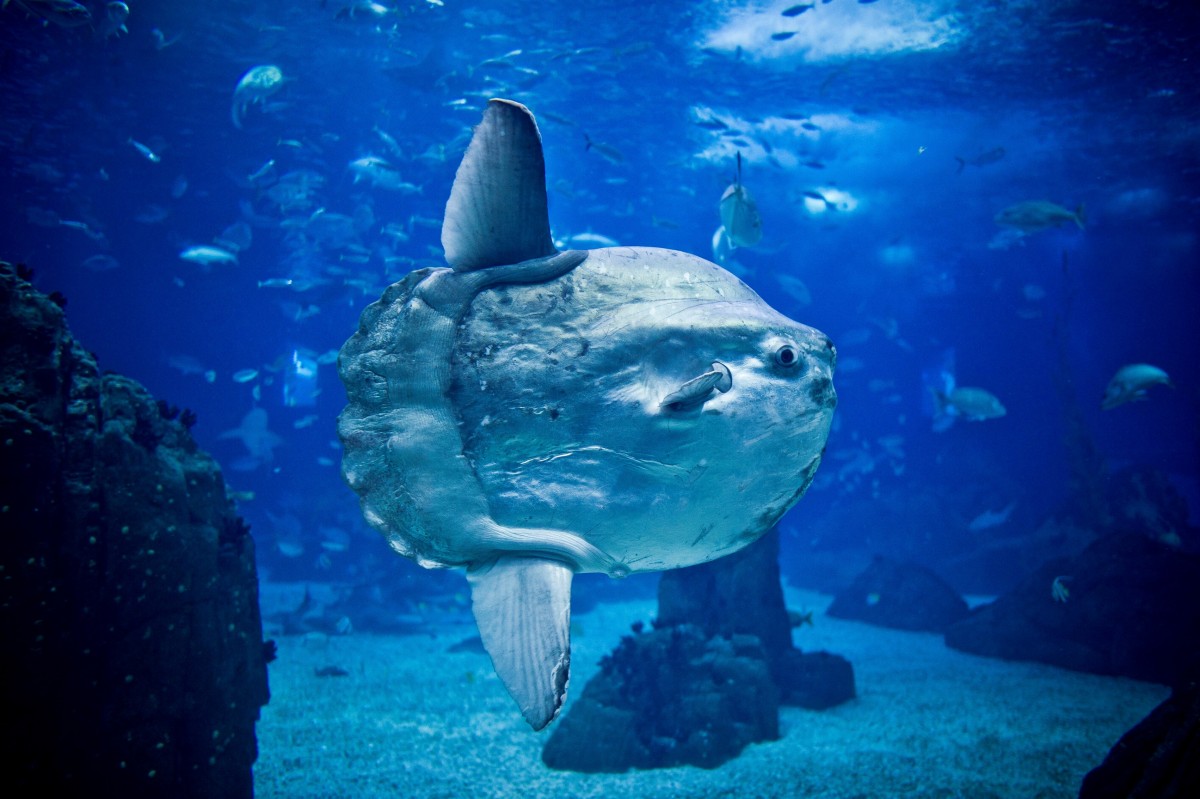
Alaskan sea otter (Enhydra lutris): Micas and Maré are two sea otters that were born in the aquarium. They frequently sleep with their paws together, to prevent from drifting away in the waters. They are the animals that eat the most in the entire Oceanário: they ingest nine kilos of food daily, the equivalent of 30% of their weight. Contrary to Portuguese otters, which live only in the rivers, the sea otters spend their time at sea and because of that they have their hind paws in the shape of a fin. They take good care of their fur to keep it waterproof. And this is very important since this species, native from the North Pacific, doesn’t have fat to protect itself from the cold. So they have to work hard, since they have a lot of fur.
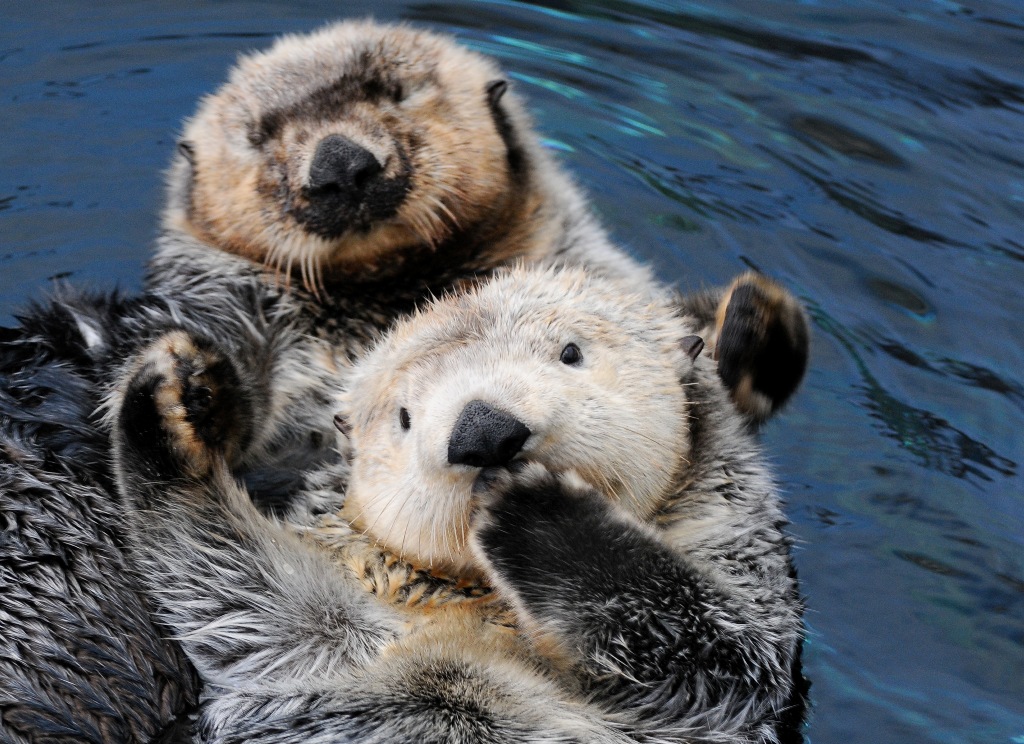
Magellanic penguin (Spheniscus magellanicus): many of these little penguins, all very good swimmers, were born in the Oceanário de Lisboa. They have a fat layer that protects them from the cold on South Georgia, the island in the southern Atlantic Ocean from where they are native. As they spend a good part of their days on the water, they have two layers of waterproof feathers. When they are at sea, their dark back and light belly serves a purpose: camouflage.
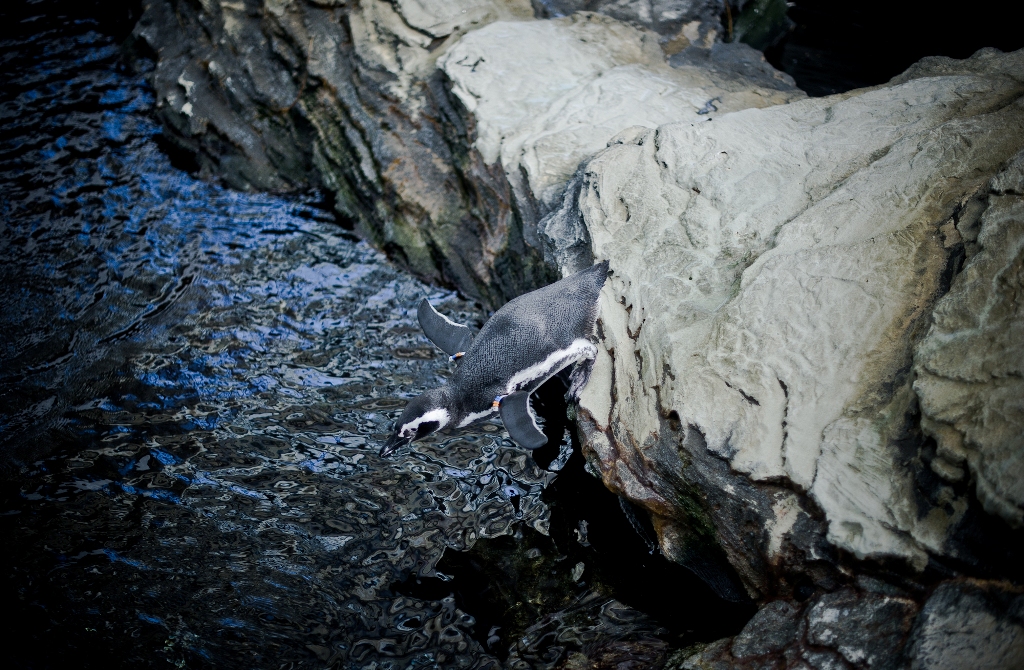
Grey nurse shark (Carcharias Taurus): its teeth give it a ferocious look, but this shark doesn’t eat people. It’s, of course, a voracious animal, as it is a top predator, but in the Oceanário is well fed and lives peacefully with all the other fishes. Sharks are animals with a slow metabolism that spend most of the time without eating, waiting, patiently, for the right opportunity to catch their prey. This species has a singular feature: several teeth rows, functioning as an escalator, are replaced whenever they broke or wear out. In its life span, one shark can replace 20.000 teeth, on average.
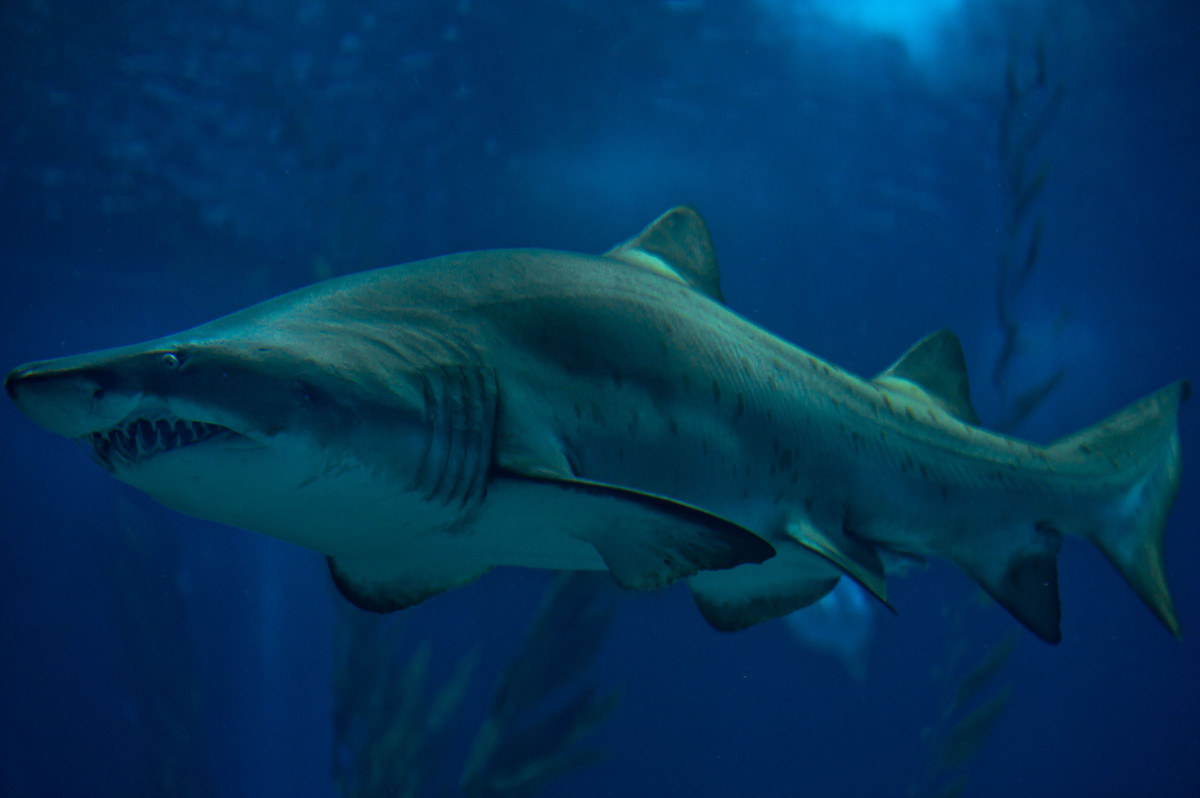
Devil fish (Mobula mobular): Devil-fish eats in a original way: it has two “horns” on each side of the head – known as cephalic lobes – that work as giant spoons that assist in directing food towards the devil-fish’s mouth. This is the ray species that has the bigger “horns”, hence its name. Although it might sound scary, devil fishes don’t even have teeth and their main food is plankton.
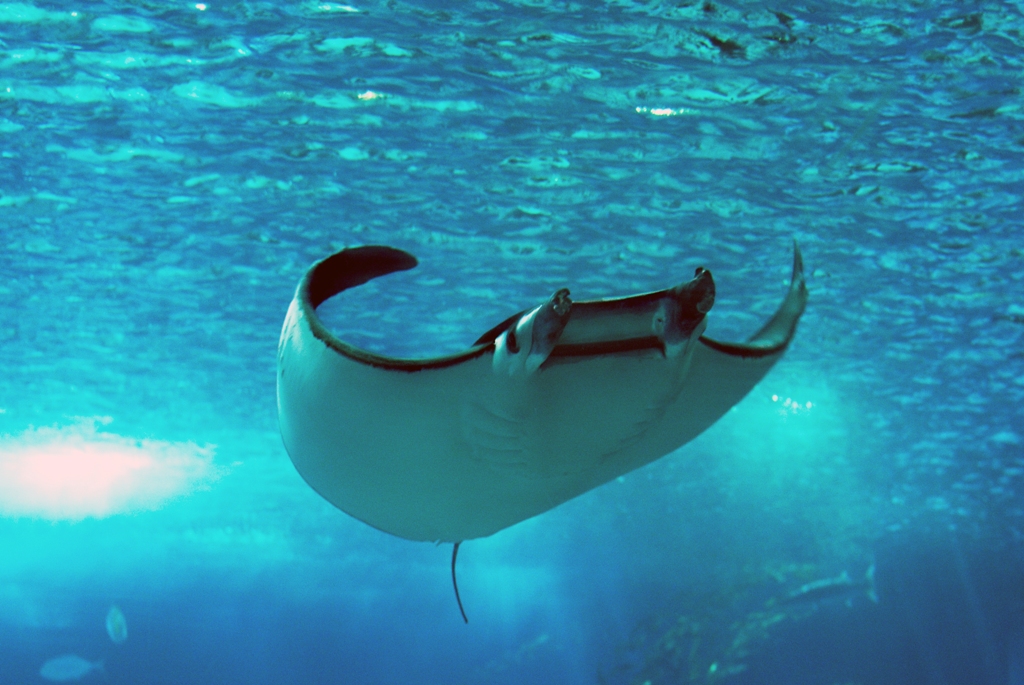
Clown anemone fish (Amphiprion ocellaris): This fish has a colourful and innocent look, but despite being small, it’s extremely aggressive towards other fishes if its territory is threatened. And what a remarkable territory indeed. This species can live in the same poisonous anemone all its life. The anemone does not harm him because this fish has a substance that acts as a protector layer. The anemone can more easily attract other animals to feed itself because they chase the clown fish that lives there. It’s a symbiosis where anemone and fish help each other to survive.
